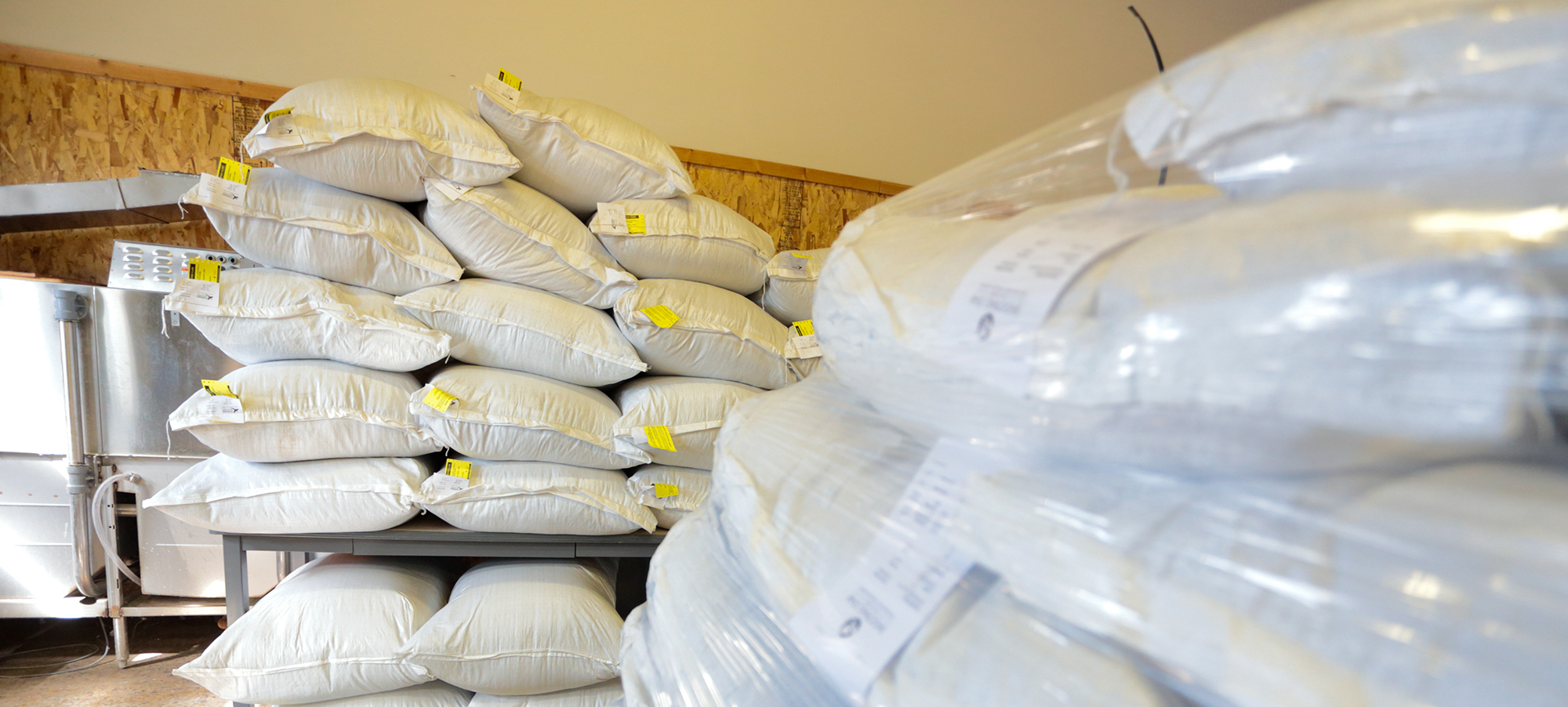Chapter 4: Native Seed
Table of Contents

During most of the 1990s, counties and cities applied for Living Roadway Trust Fund (LRTF) grants to purchase native seed to plant in their roadsides. However, since 1998, the Tallgrass Prairie Center (TPC) roadside program manager has usually secured a grant to purchase a large quantity of seed (1,000–1,400 acres worth) to provide to counties that request it. In 2021, cities also became eligible to receive this seed. Counties and cities with an Integrated Roadside Vegetation Management (IRVM) plan on file with the LRTF that submit a request receive the seed for free and provide the labor and equipment to plant and maintain the seed.
This program serves to lower the cost of seed per acre since it is bought in bulk, freeing up more LRTF funds for other city and county requests.
Seed Request Procedure for Cities and Counties
Every fall, the TPC roadside program manager emails seed request forms to the counties and cities that have an approved IRVM plan on file, counties and cities that anticipate completing an approved IRVM plan by June 1 of the following year, and engineers and county conservation board directors in counties without a roadside vegetation program (to ensure they are aware of this benefit of having a program). Counties and cities estimate how much seed they will need the following spring when the seed pickup occurs. Once they have obtained the seed, they have until December 31 of the following year, or approximately one and a half years, to plant it. Cities and counties obtain the majority of the seed they plant through this program.
In their seed requests, counties and cities must provide location details for any planting sites involving equipment that could cause rutting greater than six inches. Some roadsides contain Indigenous burial sites and other cultural resources, and the DOT archaeologist must coordinate with Tribal nations to determine if ground-disturbing activities might disturb such sites. Planting sites using lighter equipment that does not disturb the soil do not require such review.
Counties may request a diversity mix (35–45 species) or a cleanout mix (25–30 species); both are suited to most roadside situations. The more inexpensive cleanout mixes are used more often in sites prone to silting up from adjacent farmland, which may require the county to periodically excavate the plugged-in ditch and reseed it. With the two seed mixes made available through this program, counties and cities may only need to purchase directly from commercial seed vendors when they wish to supplement these mixes with a unique mix for a special project.
For more on the request process, see Appendix 4A for a request form from a previous year.


